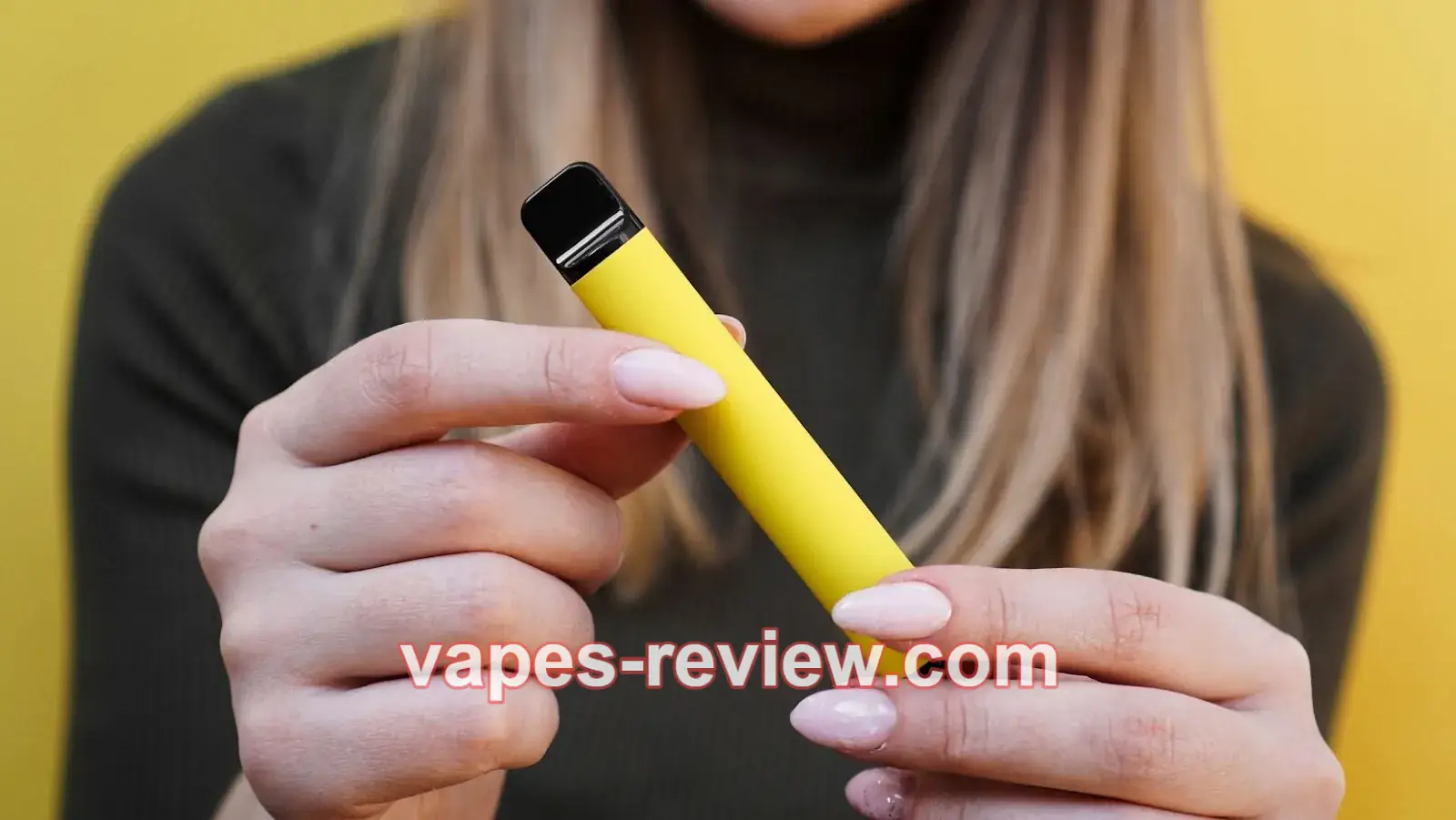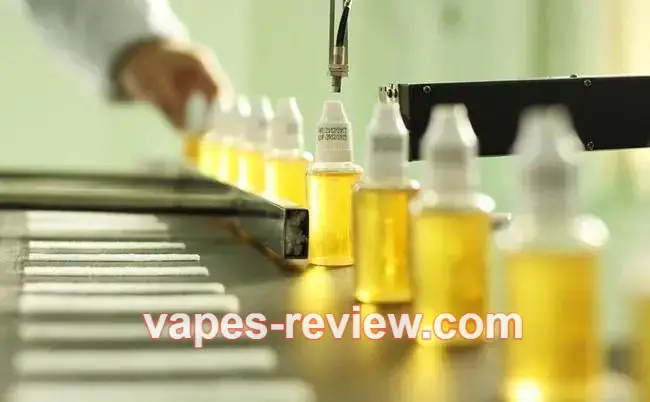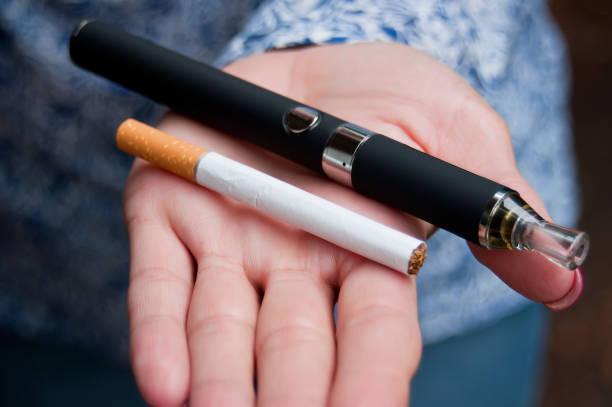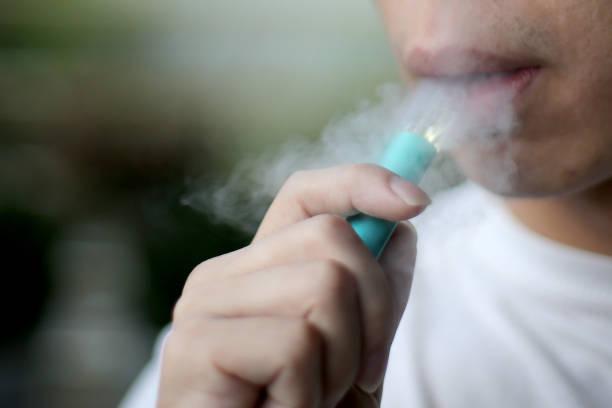Vaping has taken the world by storm in recent years. It’s marketed as a “safer” alternative to smoking, especially with the claim of “no tar” and a more “health-conscious” vibe. Young people, in particular, have embraced this new trend, lured by the promise of a smokeless and (seemingly) less harmful option. But is this “cloud-chasing” really as harmless as it seems? In this article, we break down what vaping really does to your lungs with insights from medical experts, including Dr. Edwin J. Ostrin, a leading oncologist at MD Anderson Cancer Center.

What’s the Difference Between Vaping and Smoking?
When you think about smoking, what comes to mind? Probably burning tobacco, the iconic “clouds” of smoke, and the risk of serious health issues like lung cancer. Now, contrast that with vaping. Vaping doesn’t involve fire—just heated coils that vaporize “vape juice,” aka e-liquid. The idea is that without burning tobacco, vapers can avoid inhaling the harmful chemicals found in smoke.

Sounds like a win, right? Well, kind of. While it’s true that vaping eliminates over 7,000 toxic chemicals released from burning cigarettes, it doesn’t mean vaping is risk-free. According to Dr. Edwin J. Ostrin, an oncologist at MD Anderson Cancer Center, “The vape liquid still contains chemicals like propylene glycol and formaldehyde, which can irritate your airways. Long-term effects are still largely unknown.”
So, the truth is, while vaping may be “less bad” than smoking, it doesn’t mean it’s completely safe. In fact, there’s a lot we still don’t know about the long-term impact of inhaling these substances.
Can Vaping Cause Lung Cancer?
If smoking is linked to lung cancer, what about vaping? Here’s the thing: we don’t have a definitive answer yet. We know that smoking is a major cause of cancer due to the carcinogens released during combustion. Vaping, on the other hand, doesn’t produce these same levels of toxins—at least not in the same quantity.
However, it’s not as clear-cut as “vaping doesn’t cause cancer.” The chemicals found in vape juice, while fewer in number compared to cigarette smoke, still include substances that can damage cells. Some of these have been shown to cause cell mutations in lab settings, but we still lack real-world evidence to determine whether they can cause cancer over time.
According to Dr. Ostrin, “While there are fewer carcinogens in vape liquid, we don’t yet have enough data to say how vaping might contribute to cancer, let alone other respiratory diseases. We’re just beginning to explore its impact on lung health.”
Currently, researchers are studying whether these chemicals can lead to chronic diseases like Chronic Obstructive Pulmonary Disease (COPD), asthma, or even permanent lung damage. But until those studies are completed, we can’t fully understand how vaping may affect lung health in the long run.
Other Serious Risks to Lung Health
Vaping doesn’t just come with a potential cancer risk. The long-term damage to your lungs can show up in other ways too. One of the most alarming events in recent vaping history was the outbreak of EVALI (e-cigarette or vaping product use-associated lung injury) in 2019. Thousands of people, mostly young adults, ended up in the hospital with severe lung damage after using vape juices that were contaminated with Vitamin E acetate—an ingredient that was often added to thicken e-liquids. This raised huge concerns about the safety of vape products, particularly those from unregulated sources.
Vaping-related lung injuries aren’t just rare outliers. There are also cases of something called “popcorn lung” (formally known as bronchiolitis obliterans), a condition caused by inhaling diacetyl—a chemical used to flavor e-liquids. It’s the same substance that led to lung damage among workers in microwave popcorn factories decades ago. “Popcorn lung” can cause symptoms like chronic coughing, shortness of breath, and wheezing, and in some cases, it can be irreversible.
The problem? Vaping products aren’t strictly regulated, meaning vape manufacturers have a lot of leeway when it comes to what goes into their products. This lack of oversight creates a dangerous “wild west” scenario where consumers might not know exactly what they’re inhaling. Some vape juices can contain heavy metals like lead or nickel, or even harmful additives that are used to enhance flavor. As Dr. Ostrin warns, “You never really know what’s in the next puff. That’s a huge gamble for your lungs.”
The Danger of Nicotine Addiction
Let’s not forget the main ingredient in most vapes: nicotine. It’s the same substance that makes traditional cigarettes so addictive. Young people, in particular, are often drawn into vaping with the false idea that it’s less harmful than smoking. But nicotine is a highly addictive substance, and if you start vaping, it’s easy to become dependent on it.
There’s a growing concern that vaping might serve as a gateway to traditional smoking. Young people who begin their vaping journey with “flavors” like mint, mango, or vanilla might not realize they’re setting themselves up for a lifelong addiction to nicotine. Worse, they might eventually transition from vapes to cigarettes when regulations tighten or when they simply become more addicted to nicotine.
“The real danger is that vaping leads to nicotine dependency, which can have long-term consequences on your cardiovascular health, brain function, and even your mood,” says Dr. Ostrin. “That initial ‘flavor’ might end up as a lifelong habit, or worse, a gateway to smoking.”
What’s in Your Vape Juice? The “Flavor” Mystery
If you think all vapes are the same, think again. Most vape juices come in a range of “flavors” designed to appeal to different tastes, from fruity and sweet to minty and even dessert-like flavors. But the truth is, those flavors often come with hidden dangers. Many of these vape juices contain chemicals that can be harmful when inhaled. Some of these substances, such as diacetyl (responsible for the “buttery” flavor), have been linked to serious lung damage.

There’s also the problem of potential contamination. Without standardized regulations, vape manufacturers often cut corners or use cheaper ingredients that might not be safe to inhale. Heavy metals like lead, nickel, and chromium can leach from the metal heating coils into the vapor. And since there’s very little oversight in the industry, you have no real way of knowing what exactly is in your vape juice before you inhale it.
Dr. Ostrin explains, “There are no guarantees that the flavor you’re inhaling won’t have harmful chemicals that damage your lungs. It’s a gamble every time you vape.”
What Should You Do if You Vape?
If you’re currently using a vape, it’s worth considering the long-term effects it could have on your health. While vaping might seem like a safer alternative to smoking, it’s still far from harmless. The best option for your lungs, heart, and overall health? Quit.
Although nicotine is addictive, there are plenty of resources and support systems available to help you quit. The good news is that once you stop, your body begins to recover. You’ll save money, improve your lung function, and lower your risk for other chronic conditions like heart disease.
Dr. Ostrin’s advice is simple: “The safest choice is to breathe pure air. Anything else, whether it’s smoke or vapor, is a gamble. Protect your lungs and your health.”
Final Thoughts
Vaping might seem like the “cool” or “less harmful” option compared to smoking, but the truth is we’re still learning about its full impact on our health. While it’s true that vaping doesn’t release as many harmful chemicals as traditional cigarettes, that doesn’t mean it’s risk-free. Lung diseases, nicotine addiction, and the potential for long-term damage are all serious risks that should not be ignored.

If you’re using a vape, it’s never too late to quit. The best way to protect your lungs is to keep them clear and free of harmful substances. And if you’re not addicted yet, it’s better to never start.
Remember, your health is your most valuable asset—don’t gamble with it!


